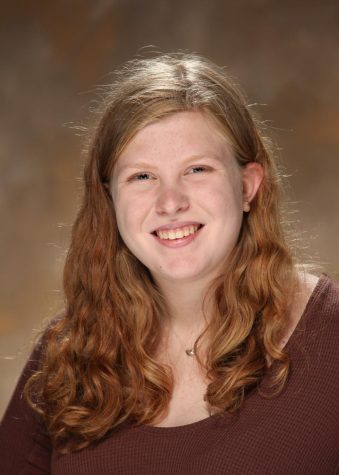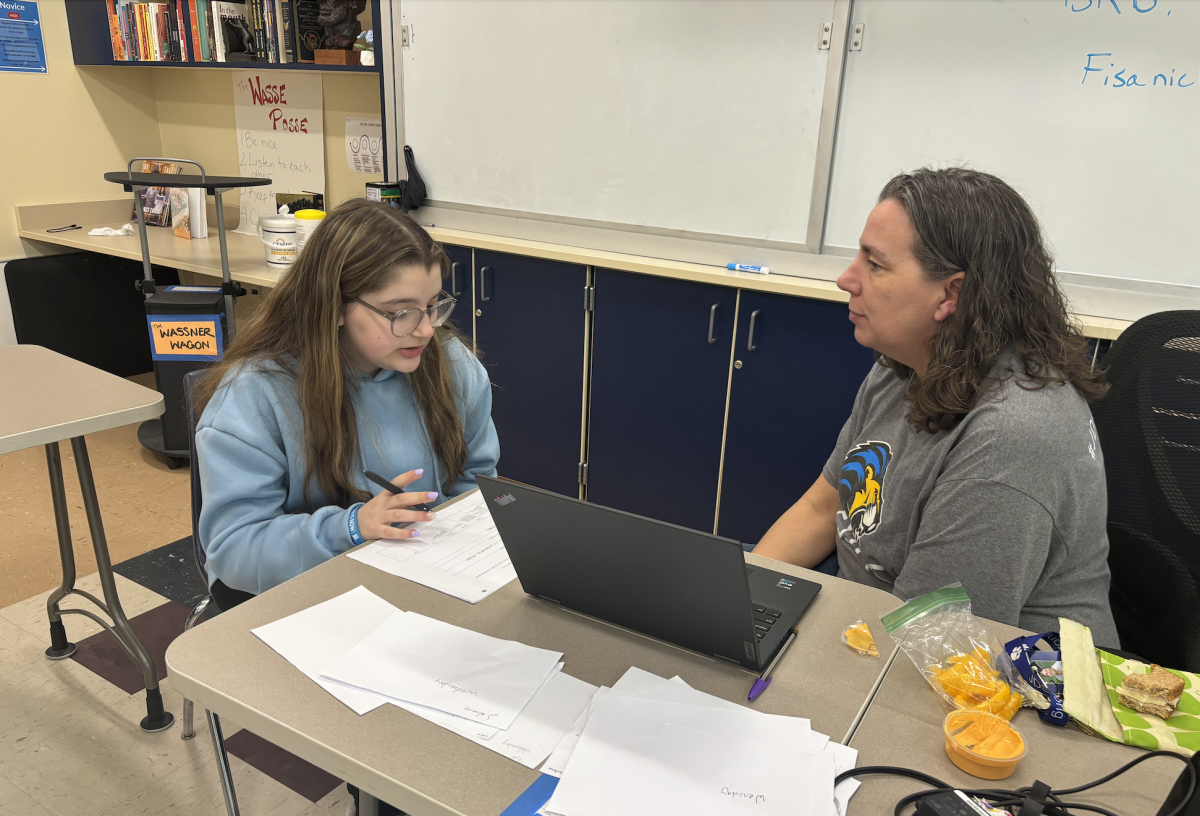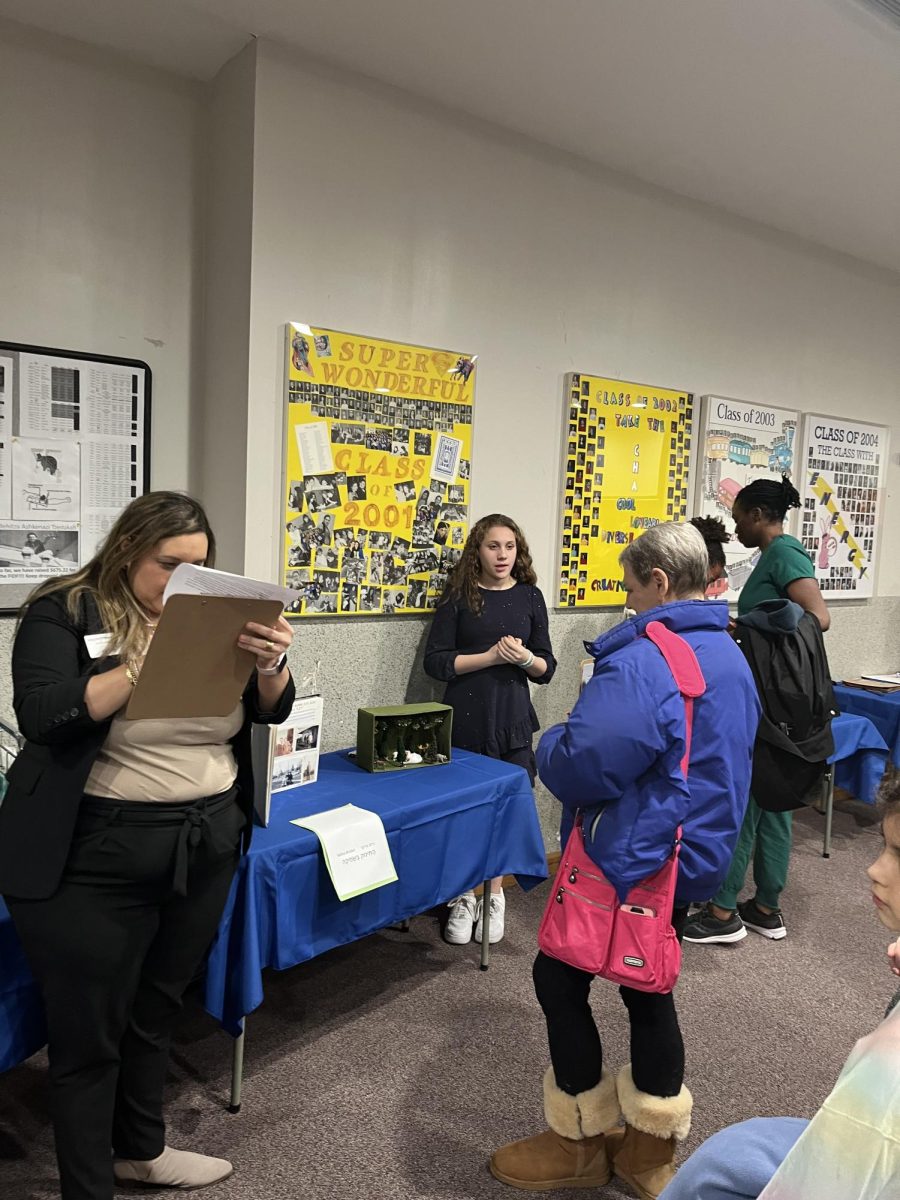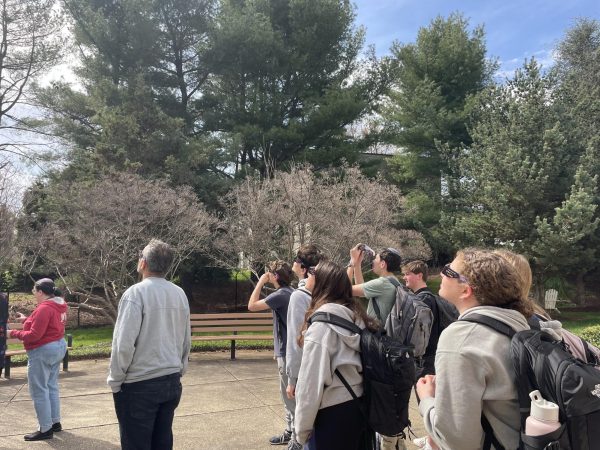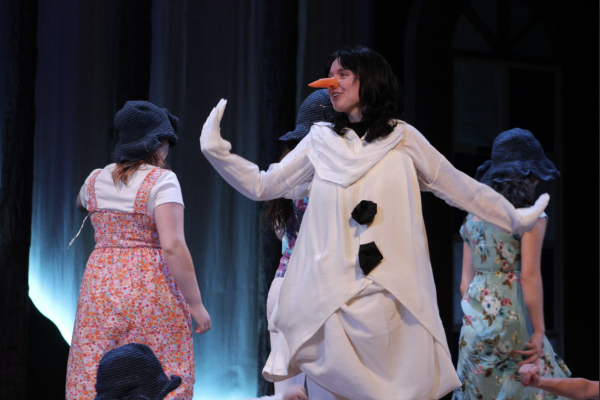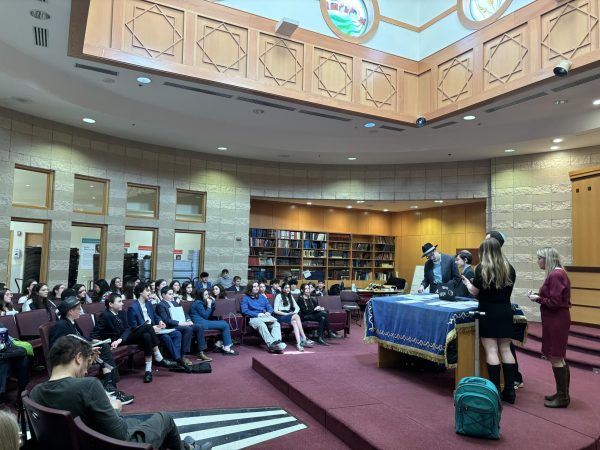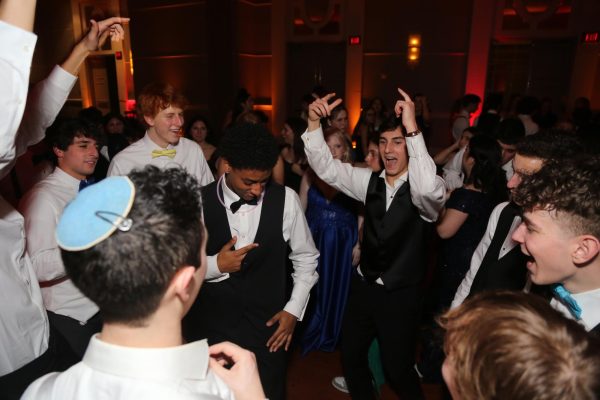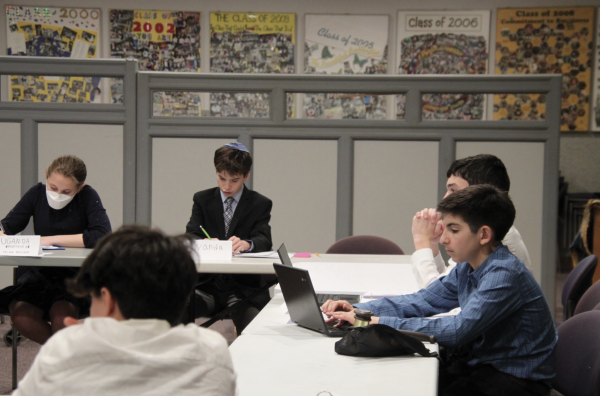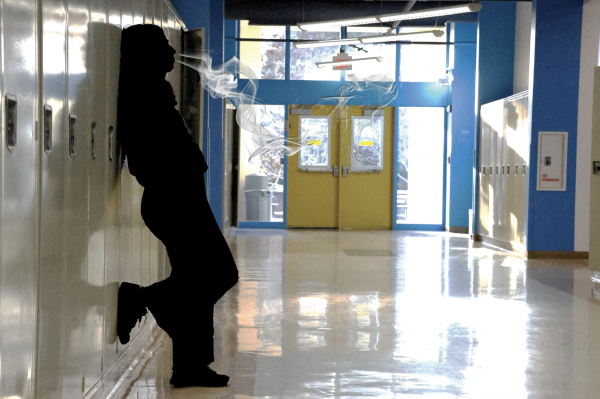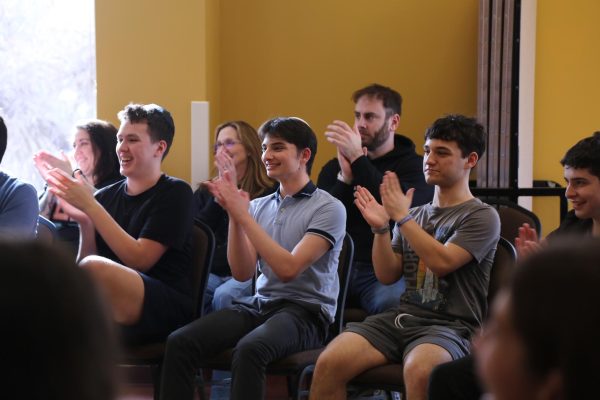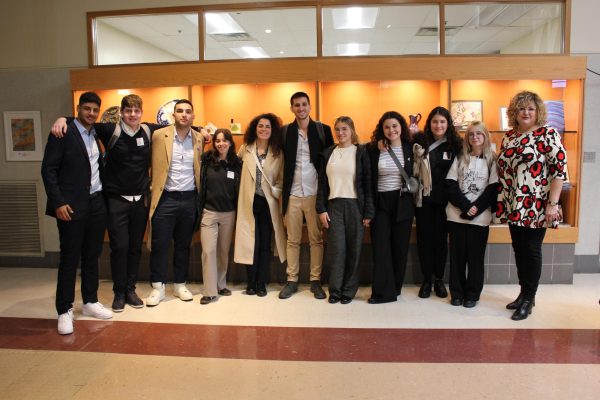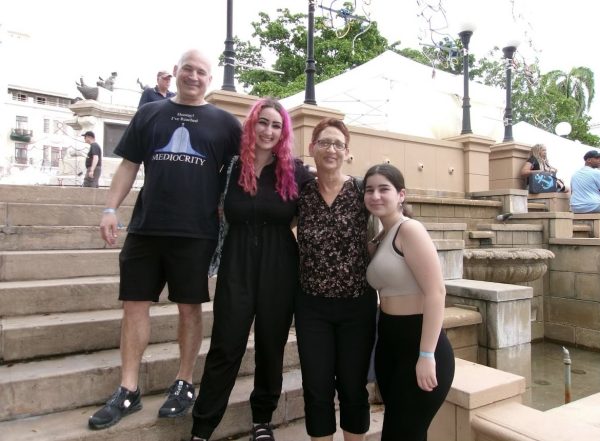A new approach to STEM education
Lower School partners with George Washington University
November 28, 2016
As part of an initiative to rethink and improve the Science, Technology, Engineering and Mathematics (STEM) program at the Lower School, CESJDS established a three-year partnership with George Washington University (GW) this summer.
One Lower School faculty member from each grade will be mentored by a GW faculty member who specializes in STEM education. These mentors will observe and aid JDS staff at the Lower School campus, and enrolled JDS teachers will receive a certification in STEM education.
The partnership was formed over the summer because the Lower School administration wanted GW to help them incorporate aspects of STEM learning into the general curriculum. Both teachers who teach STEM subjects and teachers who do not will take part in this program, as the goal is not just to improve STEM education, but to apply the concepts used in this type of education to all aspects of the general curriculum.
JDS came up with the idea of expanding STEM teaching techniques beyond the realm of traditional STEM classes before they contacted GW. The school received an anonymous financial gift from a family looking to help further the Lower School math and science program. After receiving the donation, Head of School Rabbi Mitchel Malkus invited five groups to make a proposal for how to integrate STEM into Judaic and humanities classes.
GW submitted a proposal because the Dean of the GW School of Education and Human Development, who Malkus knows, connected Malkus to GW faculty who work in STEM. After reviewing each proposal and interviewing three out of the five groups, Malkus and the administration decided to partner with GW. Malkus said that the partnership is beneficial for both students and teachers.
“So the advantage for our teachers is they’re getting this advanced level of training, and it’s being paid for through the school as opposed to them having to go to GW and pay for it themselves,” Malkus said.
According to Lower School Science and STEM Coordinator Alexis Soffler, certified teachers will bring “kaleidoscope projects” to their classes. These are projects completed by students that involve content from many different classes, but have a STEM component to them. A large portion of this mentoring program will be geared toward educating the JDS teachers on how to conduct these projects effectively.
This partnership is unique to JDS, as it is rare for an elementary school to partner with a major university for a curriculum redesign, Soffler said. She added that the partnership will be effective because both GW and the Lower School benefit from it and have the same goals in mind.
“All the topics are coming together in fantastic ways here at the Lower School,” Soffler said. “That’s also where us and George Washington University come together: we’re working together to better understand STEM education.”
Soffler said that the JDS administration hopes that when students are taught by teachers certified in applying STEM concepts to all aspects of education, and engage in the “kaleidoscope projects,” they will learn to think more critically and, through a more interactive style of learning, will become more engaged in all subjects.
“The way that students learn best is by having meaningful experiences and learning things that they want to learn about, so we knew that project-based learning and learning that covers a lot of different topics was the way we wanted to go,” Soffler said.
Director of Instructional Technology Ginger Thornton “would not be surprised” to see this new partnership extended to the Upper School, or at least the middle school, in coming years. Thornton also believes that this new mentoring program sets the Lower School apart from other elementary schools.
“I’m amazed at the opportunity,” Thornton said. “For quite some time I feel like we’ve been pushing ourselves to be on the cutting edge in a lot of areas, particularly in technology. So, it feels like this move into being on the cutting edge in STEM is a very logical step.”


